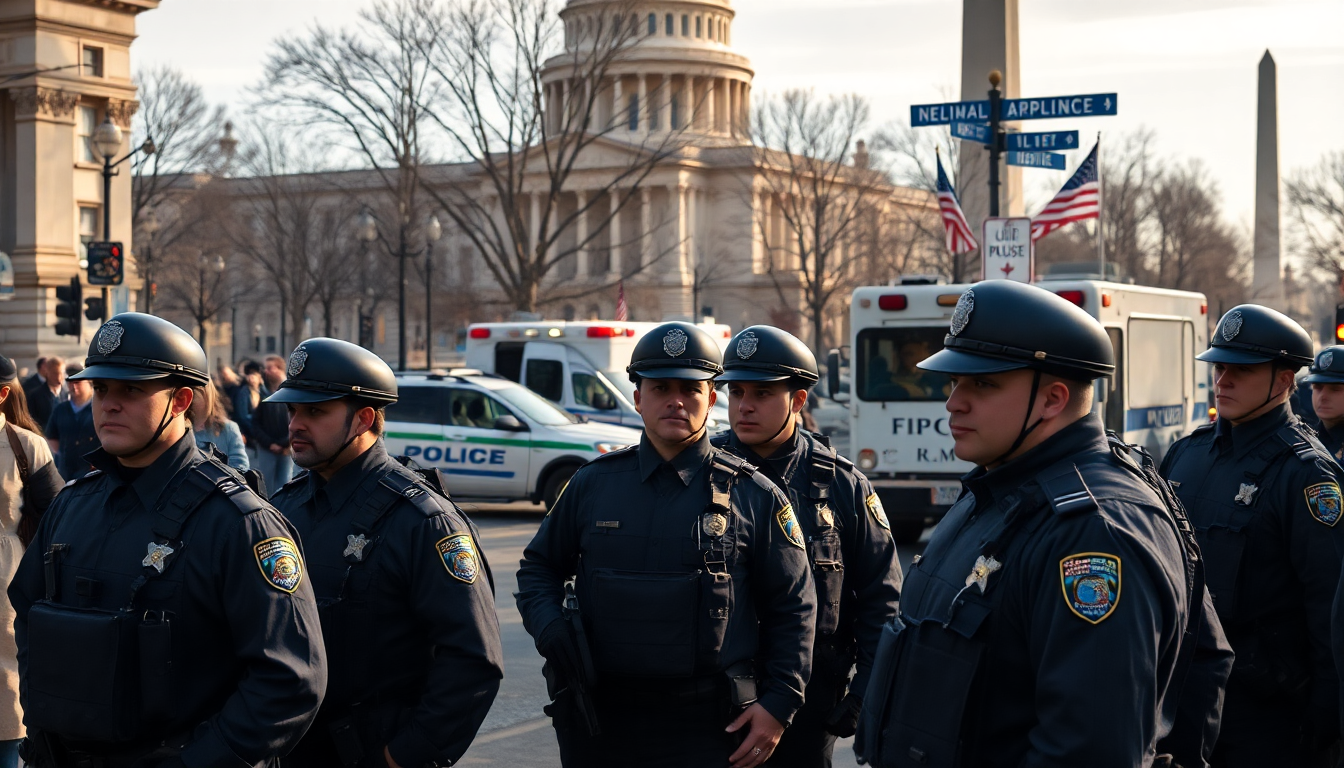Table of Contents
The recent spike in crime-related arrests in Washington, D.C., has certainly grabbed headlines, particularly as the Trump administration rolls out a tough new approach to tackling criminal activities. With public safety at the forefront, federal authorities are harnessing military resources and ramping up law enforcement presence across the city.
But what does this mean for the community? This article aims to break down the current situation by analyzing arrest data, identifying targeted crimes, and exploring the broader implications of these policies on both the community and the legal system.
What’s happening in D.C.?
According to the latest reports, there have been a staggering 719 arrests since the Trump administration announced its initiative to federalize the D.C. police. This aggressive crackdown is underscored by Attorney General Pam Bondi’s announcement of 40 arrests and the confiscation of illegal firearms in just one day.
The spotlight is particularly on violent crime and gang-related activities, raising significant concerns about public safety and community trust in law enforcement.
What do the crime statistics reveal? A troubling trend emerges, with individuals being charged with serious offenses like homicide, drug trafficking, and illegal possession of firearms.
These numbers highlight the urgent need for a careful examination of the enforcement strategies in play. Interestingly, the use of military attorneys to handle misdemeanor cases marks an unprecedented shift that begs the question: are we witnessing the militarization of our local law enforcement?
How effective are these enforcement strategies?
When we dive into the effectiveness of the current crime crackdown, we must consider the bigger picture. The deployment of around 800 National Guard troops, along with federal agents from organizations like the FBI and DEA, signals a strong response to rising crime rates.
But is this approach sustainable in the long run? While we might see immediate results in terms of increased arrests, we also have to think about the potential backlash from the community and the risk of eroding trust in law enforcement.
Moreover, the recent suspension of city police Commander Michael Pulliam for allegedly manipulating crime statistics raises serious concerns about transparency and accountability within the police force. The ongoing investigation by the Department of Justice into these allegations adds another layer of complexity to the situation, highlighting the need for responsible governance in how we manage crime data.
What’s next for D.C. law enforcement?
Looking ahead, the implications of the current crime crackdown in D.C. are likely to reshape the future of law enforcement and community relations. As federal authorities continue to adopt a proactive stance, striking a balance between public safety and the principles of justice and civil rights will be crucial. Policymakers must think about the long-term effects of militarized policing and the importance of community engagement in preventing crime.
Monitoring arrest data and crime trends will be essential in evaluating the effectiveness of these strategies. Additionally, encouraging open dialogue between law enforcement and community members can help rebuild trust and foster collaborative efforts to tackle crime in Washington, D.C. Ultimately, the goal should be to cultivate a safer environment while upholding the rights and dignity of all citizens. So, how can we work together to achieve that balance?





